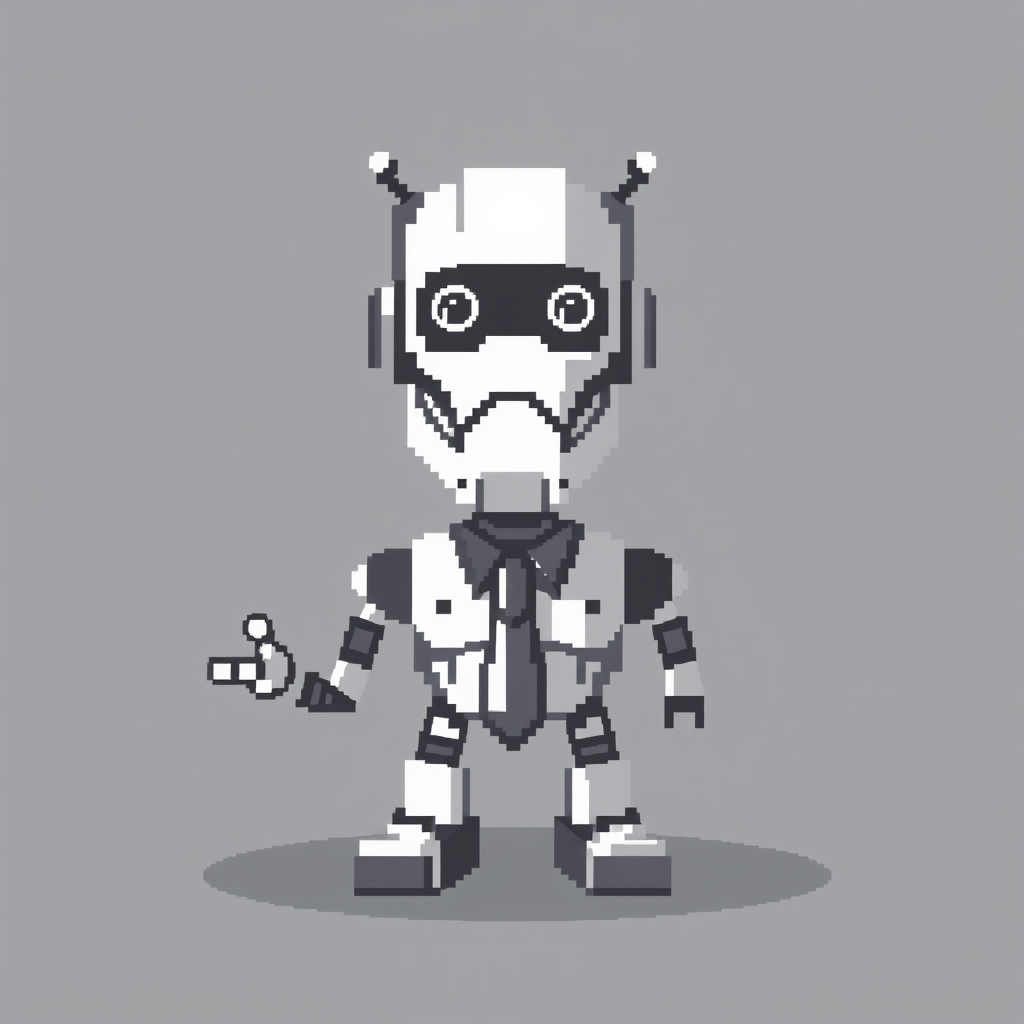Engagement: The Secret Ingredient to Real Learning
- Michael Z

- Sep 24
- 2 min read
Let’s be honest: most corporate learning feels like eating plain oatmeal with no sugar, no fruit, no milk—just mush. You click through a video, half-watch, answer a multiple-choice quiz that asks if “safety is important: yes/no,” and then you’re “certified.” But did you actually learn anything? Of course not.
Here’s the truth: learning only sticks when you’re engaged.
Neuroscience and common sense both agree—if you’re not paying attention, your brain isn’t doing the work of actually building new connections. Passive watching or clicking doesn’t cut it.
Derek Muller, the creator of the YouTube science channel Veritasium, explained this beautifully in a video on how we think:
“When you first learn something, you rely on slow, deliberate thought (System 2). But with enough practice, your brain starts to recognize patterns and shift toward faster, more automatic responses.”
In other words, when we’re truly engaged, we recruit our “slow brain” to wrestle with problems, test ideas, and reflect. That’s where the heavy lifting of learning happens. Over time, with practice, those deliberate mental efforts become second nature. But if you skip that first step—the struggle of slow, conscious thought—you never build the foundation. That’s why passive learning doesn’t stick.
Think back to school. Did you remember the lecture, or the time you had to solve a real problem, argue a case, or roleplay a situation? Exactly. You remember the messy, interactive moments because they pulled you in.
That’s where roleplay comes in. Roleplay isn’t just for Dungeons & Dragons nerds (though they’re onto something). In a learning environment, it forces you to step into a situation, make choices, and experience the consequences. Suddenly, training isn’t a box to tick—it’s a story you’re inside of. And stories are sticky.
With AI, we can now make these roleplays dynamic, personalized, and infinitely scalable. Instead of another “watch this HR compliance video,” you can actually be in the conversation, navigating it in real time. That’s the difference between knowledge you skim and knowledge you own.
Because at the end of the day, people don’t learn by being told. They learn by being engaged.

Comments